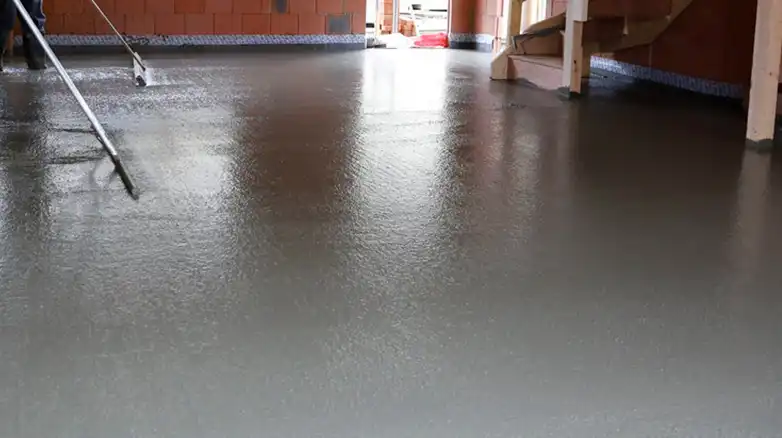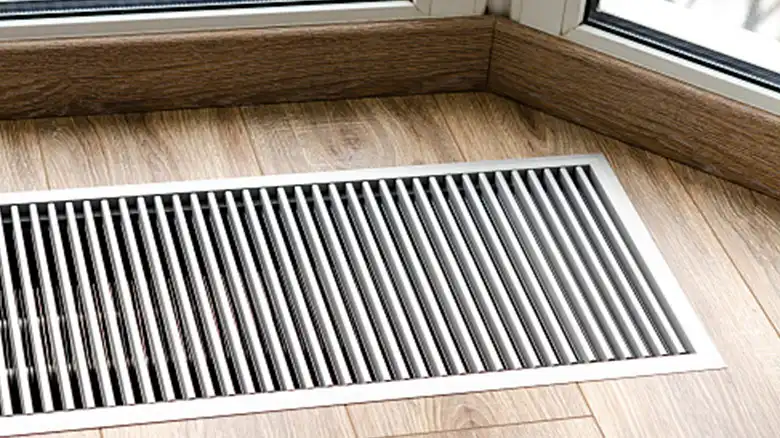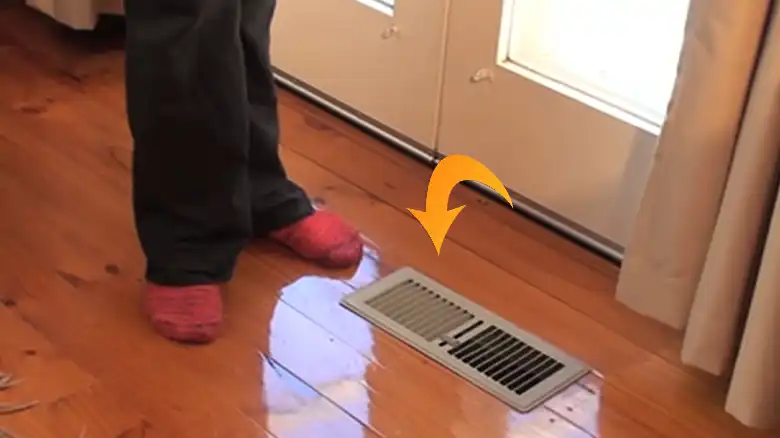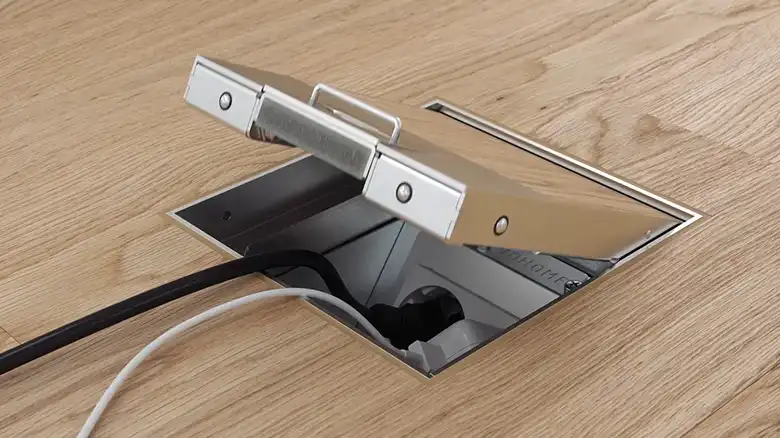Concrete floors are a popular choice for many homeowners, as they are durable, easy to maintain, and can be finished in a variety of ways. However, one question that many people have is whether or not concrete floors need ventilation, I know I did.
So I did my research and found out that you don’t need it if your concrete floor is ground-bearing. However, for suspended floors, you do need to keep them ventilated.
Care to learn more? Read on below where I have explained when and why you do and don’t need ventilation as well as some alternatives.

When is ventilation needed?
Ventilation is only needed for suspended concrete floors. A suspended concrete floor is one that is elevated above the ground, usually by joists or beams. The air space underneath a suspended concrete floor is called the subfloor.
Ventilation of the subfloor is important to prevent moisture buildup and mold growth. Moisture can enter the subfloor from the ground, from rainwater, or from plumbing leaks. If the subfloor is not ventilated, this moisture can cause the concrete to deteriorate and can also lead to health problems for the occupants of the building.
When is ventilation not needed?
Ventilation is not needed for ground-bearing concrete floors. A ground-bearing concrete floor is one that is poured directly onto the ground, without any air space underneath.
Ground-bearing concrete floors are less likely to experience moisture problems than suspended concrete floors, so ventilation is not necessary. However, it is still a good idea to inspect ground-bearing concrete floors for signs of moisture damage on a regular basis.
Alternatives to ventilation
If you have a suspended concrete floor and you are unable to install vents, there are a few alternative measures you can take to prevent moisture buildup and mold growth:
- Install a dehumidifier on the subfloor. A dehumidifier will help to remove moisture from the air, which will help to prevent mold growth.
- Encapsulate the subfloor. Encapsulation involves sealing the subfloor with a vapor barrier. This will help to prevent moisture from entering the subfloor from the ground.
- Improve drainage around the foundation of the building. This will help to prevent water from pooling around the foundation and seeping into the subfloor.
Pro Tips for Ventilating Suspended Floors
Here are a few pro tips for ventilating a suspended concrete floor:
- Install vents in at least two opposite exterior walls of the building. This will create cross ventilation, which will help to move air through the subfloor more effectively.
- Make sure that the vents are not obstructed. This includes keeping them free of debris and snow.
- Inspect the vents regularly to make sure that they are in good condition.
What are the signs of moisture buildup in a suspended concrete floor?
Some of the signs of moisture buildup in a suspended concrete floor include:
- Musty odor
- Visible mold growth
- Darkened or stained concrete
- Efflorescence (a white, powdery substance on the surface of the concrete)
- Peeling or blistering paint
What should I do if I find signs of moisture buildup in my suspended concrete floor?
If you find signs of moisture buildup in your suspended concrete floor, you should contact a qualified professional to assess the problem and recommend a solution.
How often should I inspect my suspended concrete floor for moisture damage?
You should inspect your suspended concrete floor for moisture damage at least once a year. However, if you live in a humid climate or if you have had problems with moisture in the past, you may want to inspect the floor more frequently.
Wrapping it Up
Whether or not your concrete floor needs ventilation depends on whether it is a ground-bearing floor or a suspended floor. Suspended concrete floors need ventilation to prevent moisture buildup and mold growth. Ground-bearing concrete floors do not need ventilation, but it is still a good idea to inspect them for signs of moisture damage on a regular basis.





